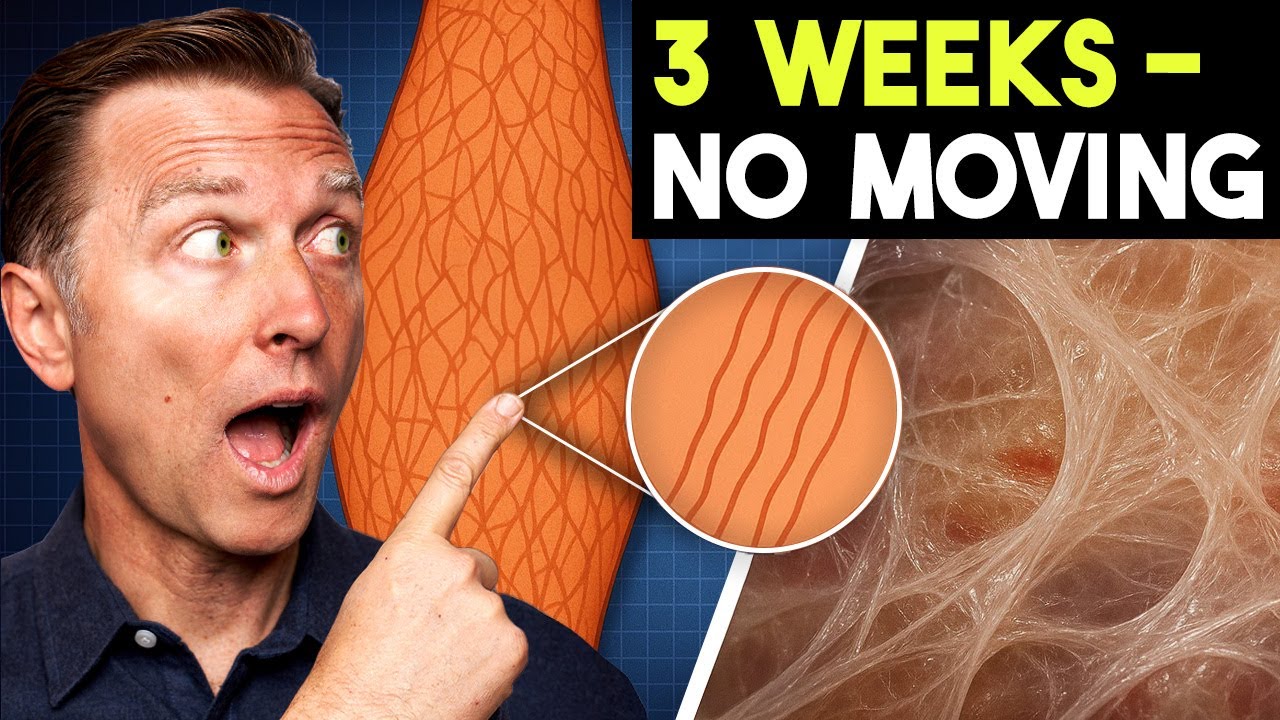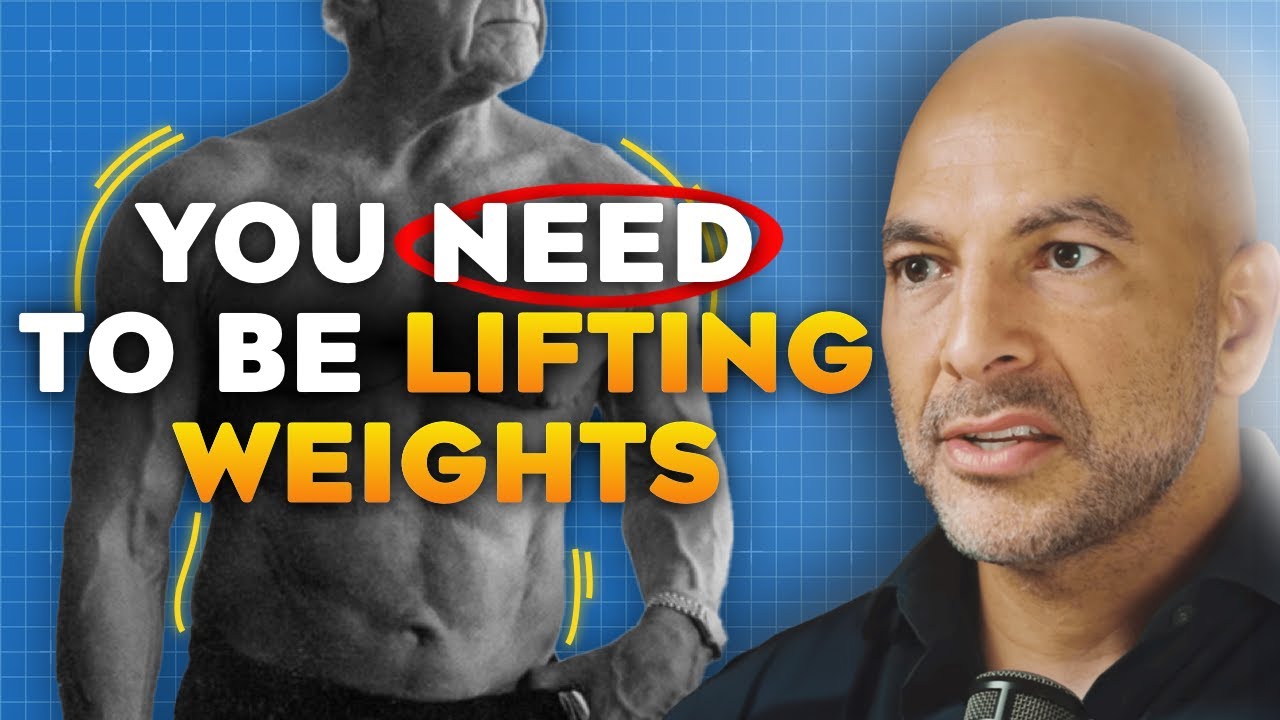In a fast-paced world filled with stress, poor posture, and sedentary habits, stretching is one of the simplest yet most powerful habits you can adopt to improve your long-term health. But not all stretching is created equal—and the benefits go far beyond muscle flexibility.
As a nutritionist and chef with over two decades of experience in holistic wellness, I’ve come to view stretching not just as a physical activity, but as a therapeutic ritual that supports pain relief, reduces inflammation, improves posture, and enhances sleep. The secret lies in something most people overlook: fascia—a complex web of connective tissue that may hold the key to chronic stiffness, restricted mobility, and even emotional trauma.
In this article, I’ll share what fascia is, how it affects your body and mind, and the exact stretching techniques I use daily to support better health, mobility, and longevity.

Fascia: The Body’s Overlooked Support System
Fascia is a thin, elastic sheet of connective tissue that surrounds every muscle, organ, bone, and nerve in your body. Imagine a full-body wetsuit beneath your skin—that’s fascia. It provides structure, support, and communication across your entire musculoskeletal system.
What makes fascia fascinating is its interconnectivity and responsiveness. Studies have shown that when acupuncture needles are inserted into fascia, the tissue literally spirals around them—like spaghetti twirling on a fork. Fibroblasts within the fascia respond by sending signals that allow tissues to expand, shift, and release tension.
But here’s the catch: fascia thrives on movement. When you’re sedentary or recovering from injury, fascia becomes stiff, glue-like, and disorganized. This can lead to chronic tension, pain, poor posture, and a feeling of being “locked up” in your body—even when your muscles seem fine.

Why Stretching Isn’t Just About Muscles
Many people assume that tightness comes from shortened muscles, but the real culprit is often restricted fascia. After an injury or long period of immobility (like being in a cast), fascia can grow into rigid patterns that resist movement and restrict joint function. Over time, this can lead to limited range of motion, pain, and even compensatory injuries.
Healthy fascia should glide smoothly, remain elastic, and support movement—not block it.
How Daily Stretching Supports Recovery and Performance
Here are the benefits I’ve personally experienced from stretching daily, especially with a focus on fascial release:
- Improved sleep due to nervous system regulation
- Reduced chronic pain and inflammation
- Relief from “fight or flight” tension stored in connective tissues
- Reversal of poor posture patterns
- Increased mobility and joint flexibility
- Faster recovery from injuries
Stretching also helps counteract the physical toll of aging. As we get older, fascia tends to thicken and lose elasticity, contributing to stiffness and immobility. A regular fascial stretching practice can slow this process dramatically.
The Right Way to Stretch: Going Beyond Toe Touches
Typical stretches like bending to touch your toes may feel good, but they don’t fully address the multidimensional nature of fascia. True fascial release involves elongating tissue in multiple planes, incorporating deep breathing, and holding stretches long enough to encourage real change.
Below are the 5 targeted stretches I use every night. Each one is designed to restore flexibility, improve posture, and release tension trapped deep in the fascia.
1. Chest and Shoulder Expansion Stretch
Purpose: Reverses forward-slouching posture and releases tension in the upper body.
How to Do It:
- Hold a resistance band or towel behind your back with both hands.
- Gently pull your arms backward while tilting your head slightly upward.
- Hold for 30–60 seconds while breathing deeply.
2. Side Body & Shoulder Release
Purpose: Opens up the sides of the torso and underarms, areas often missed in conventional stretching.
How to Do It:
- Stand or kneel.
- Raise one arm overhead and lean to the opposite side.
- Feel the stretch through your rib cage, shoulder, and latissimus dorsi.
- Hold for 30 seconds, then switch sides.
3. Single-Leg Hip Flexor (Psoas) Stretch
Purpose: Targets the psoas muscle, a key connector between your spine and legs that tightens from prolonged sitting.
How to Do It:
- Step into a lunge with your back knee resting on the floor.
- Tuck your pelvis slightly and lean forward.
- Raise the arm opposite your front leg and reach overhead.
- Hold for 30–45 seconds and switch sides.
4. Double Psoas & Core Fascia Stretch
Purpose: Releases fascial restrictions through the entire core.
How to Do It:
- Kneel on both knees.
- Arch backward slowly, keeping hips forward and chest open.
- Hold for 20–30 seconds, focusing on deep belly breathing.
5. Full Upper Body Reset with Resistance Band
Purpose: Combines chest, shoulders, and spine extension for total upper body relief.
How to Do It:
- Kneel with a resistance band held behind you.
- Lean back while keeping arms extended and shoulders open.
- This provides a deep myofascial release in areas commonly affected by emotional or physical tension.

Emotional Trauma and Fascia: The Mind-Body Connection
Fascial health isn’t just physical—it’s emotional. Trauma, stress, and even suppressed memories can leave a lasting imprint in your connective tissue. Some practitioners refer to fascia as a storage system for emotional energy.
For example, a fall you experienced as a child—combined with the emotion of fear or embarrassment—can create a neuromuscular imprint. Years later, similar stimuli (rain, laughter, a specific movement) may unconsciously trigger tension, pain, or emotional reactions. This is why some stretches may cause unexpected emotional release—it’s your body remembering and letting go.
Final Thoughts: Movement Is Medicine
Fascia is not static; it’s alive, responsive, and shaped by how we move—or don’t. Left unchecked, fascial restrictions can harden, limit your mobility, and accelerate aging. But with intentional daily stretching, you can restore elasticity, improve circulation, and reduce pain at its source.
If you’re ready to feel lighter, more mobile, and more in tune with your body, make stretching a non-negotiable part of your routine. Focus not just on muscles, but on deep fascial release. The results may surprise you.

Ready to Restore Your Body Naturally?
For personalized stretching protocols, anti-inflammatory meal plans, or help reversing chronic pain through nutrition and movement, feel free to explore more of our resources—or reach out for a private consultation. Your future flexibility starts today.



